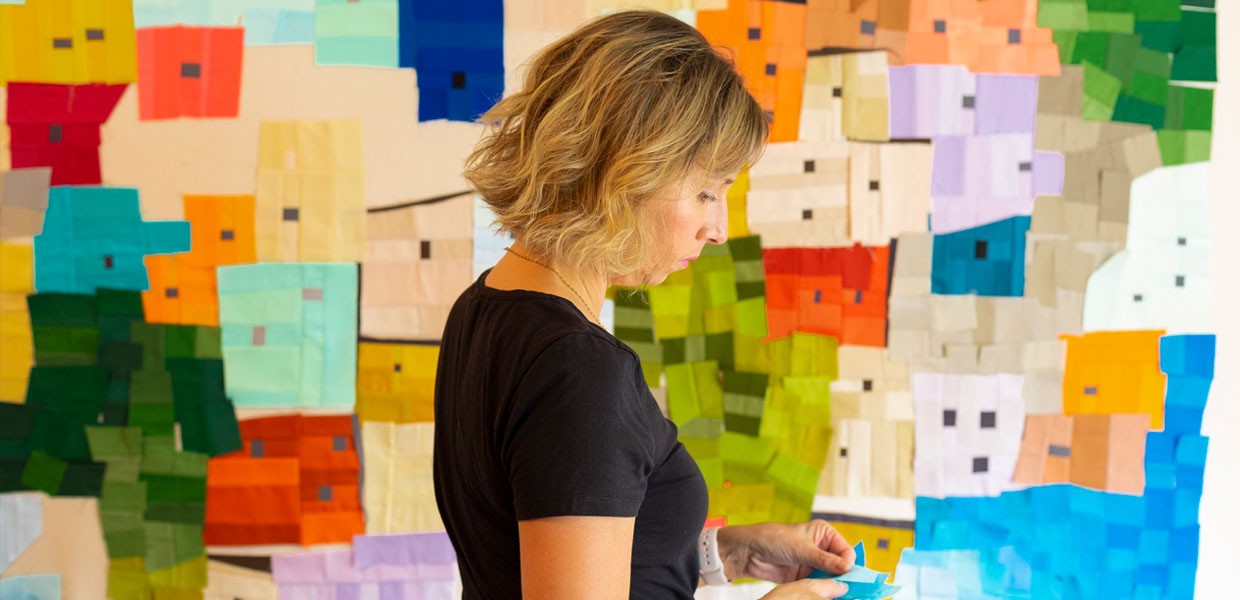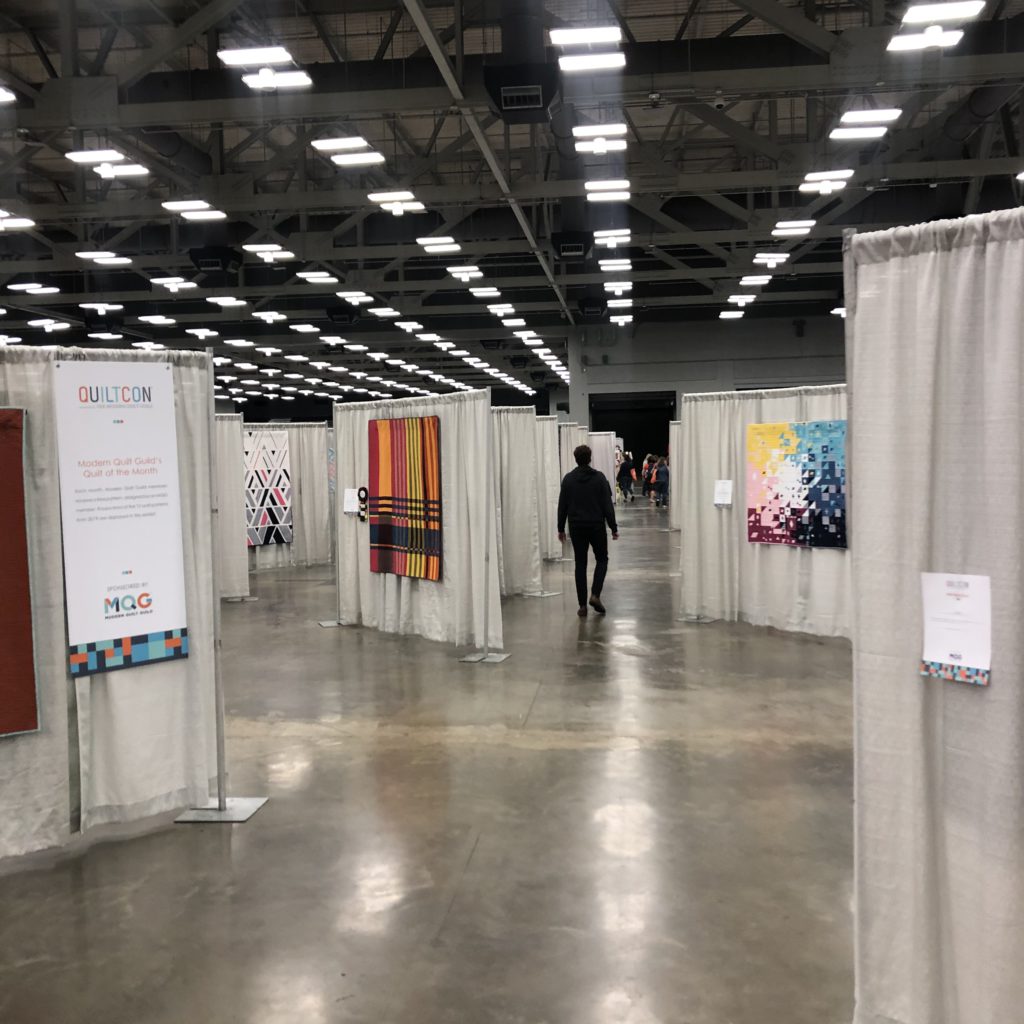You’ve already started doing the right things to become more creative. Perhaps you have set up
a unique space in your home to let you focus. Maybe you have surrounded yourself with art and
books of quilts to inspire you. Sometimes, surrounding yourself with creative things in creative
spaces is not enough. When you set limits, you find more ways to be economical, efficient, but
more importantly, more creative.
Setting a timer
Many creative writers will partake in a free writing session to “warm up their brains” for the day.
They might set a timer for around 30 minutes. Then they just freely write whatever comes to
mind. When you set a timer on your quilting, you might find that you try new and creative ways
to make a quilt. You may try to set limits within the time frame. For example, you might try to
sew a mini quilt. Or maybe you are doing a piecing exercise and the effort involved is to make
as many different pieces as possible.
Limiting the time that you spend on a creative project makes you more efficient.
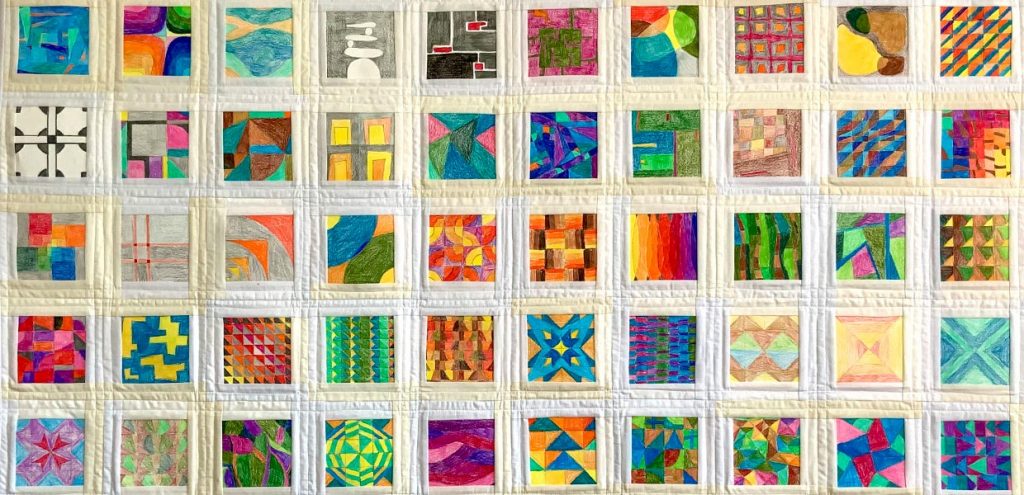
Limiting the resources that you use
If you are looking for different ways to be creative, you might want to consider limiting the
resources that you use. Maybe one week, you work without a sewing machine. The next week,
you limit yourself to working with a sewing machine. Not only will you be able to make more
creative headway, but this will allow you to maximize your potential with techniques that are
available to that medium.
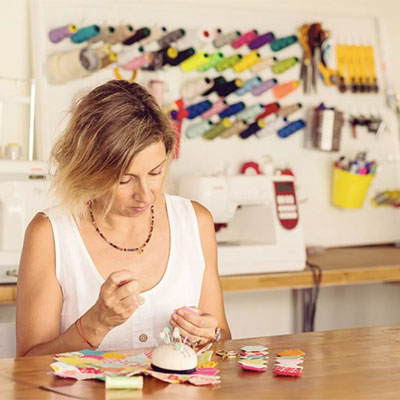
Limit the palette of colors that you use
Too many colors can be limiting if you are new to improvisational quilting. Sometimes, you can
explore colors and their interactions more if you are limited in the number that you use. You
might try limiting yourself to maybe a primary and secondary color. Or you could work with one
color in different sets of values.
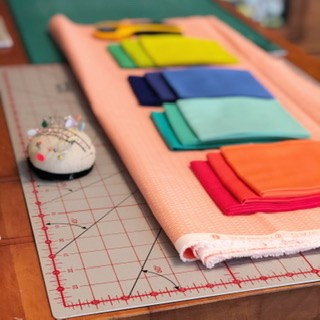
Limit the size of quilt that you make
If you limit the size of the quilt that you make to a mini-quilt, this will help you become faster and
more efficient. A mini-quilt will let you work within the limits of a smaller size. Also, you will find
that when you go to make larger quilts, you will be able to work more quickly.
Limit yourself to one type of shape
Composers like Brahams and Beethoven often would work with one theme and create multiple
variations of it. In quilting, this will help you develop your use of color and texture. Limiting
yourself to one kind of shape will help the improvisational nature of your quilting. In future quilts,
working with one shape can help you make larger quilts that are interconnected.
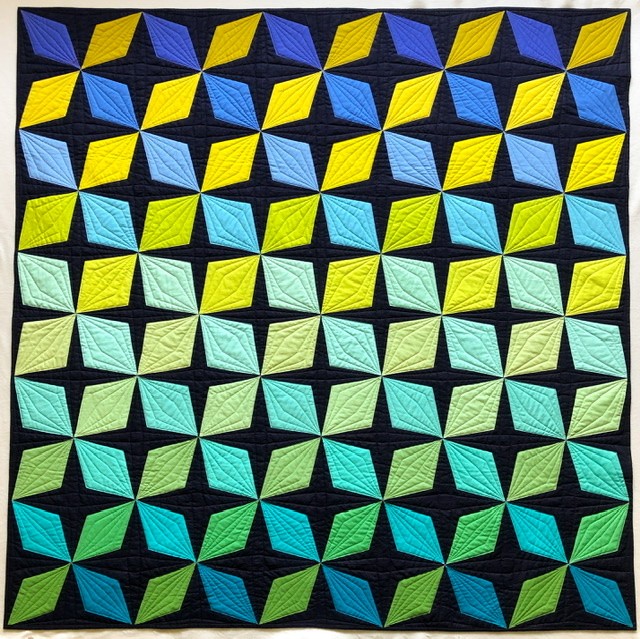
Spend your time each week focusing on one type of art
Studying other types of art can help you focus on your creativity. One example of how you could
do this is to look at art by only one artist each week. For example, maybe you only look at
Monet paintings if you are focusing on color. Maybe you only listen to compositions by one
composer each week to help you understand what makes their music sound pleasing to the ear.
Focusing your scope can help you better understand something about the art that you find
interesting and you can apply that to your quilting practice.
Limit yourself by putting yourself out there
Putting your creative work out there for others to judge can be hard. But it can also be liberating.
Try to enter a quilting contest every month if there are some in your area. Even if you don’t win
or receive neutral feedback, you will grow from the experience. Not only will you see what your
peers are doing, but you will also see things that you like in other people’s quilts.
You might also want to consider entering a piece that you don’t find to be your strongest. You
might find that a quilt that you aren’t particularly pleased with is actually something that is
judged favorably at a quilting expo.
Take a more structured quilting class
Taking a more structured approach to quilting can help you break boundaries later. Many jazz
musicians are trained as classical musicians before they study jazz. Once they have a solid
understanding of harmony, melody, and form, they can break those boundaries and be more
creative.
One of the ways that more structured instruction can help you is to learn and perfect a particular
quilting technique. Maybe it’s EPP or a technique on the sewing machine. Once you have a
solid understanding of that technique, you can use it in a nontraditional way later, expanding
your ways to improvise.
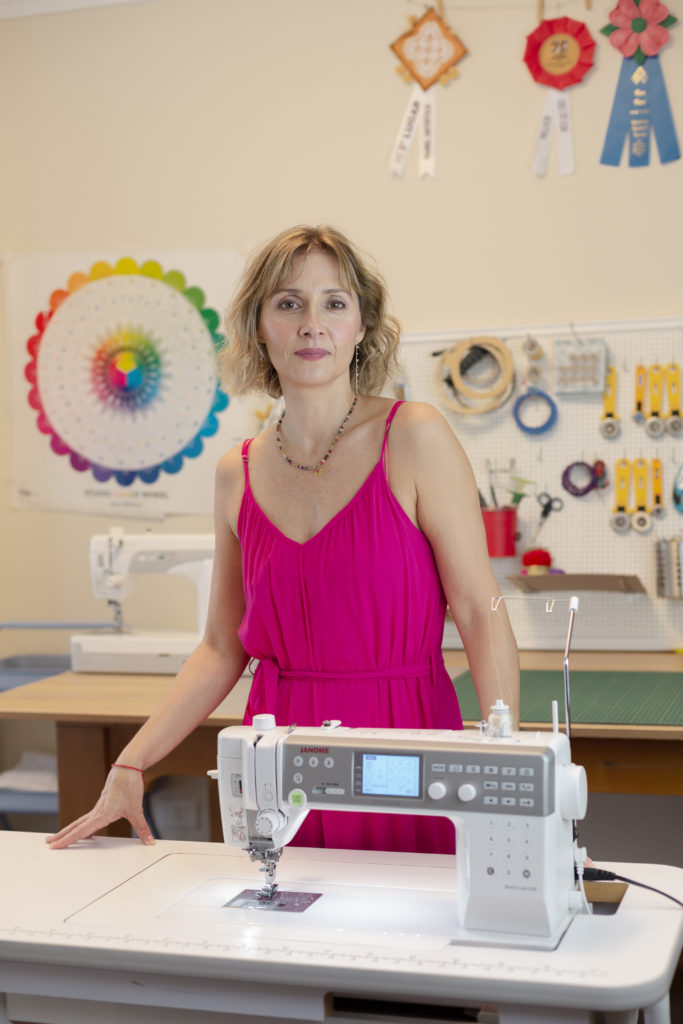
Try to do something traditional every day
Many famous pianists like Chopin and Liszt spent hours practicing more traditional piano pieces
such as the works of Bach. Exploring tradition often helps us break its constraints. Tradition can
help us master the basics of an art form and break boundaries that are associated with tradition.
Limits can help us be creative
Limits can help us become more creative in a wide variety of different ways. They help us
master techniques, learn new things, and become more efficient at what we do. Limits are
meant to be broken, and when we set limits, we can expand our art form and open up new
artistic pathways and possibilities.


